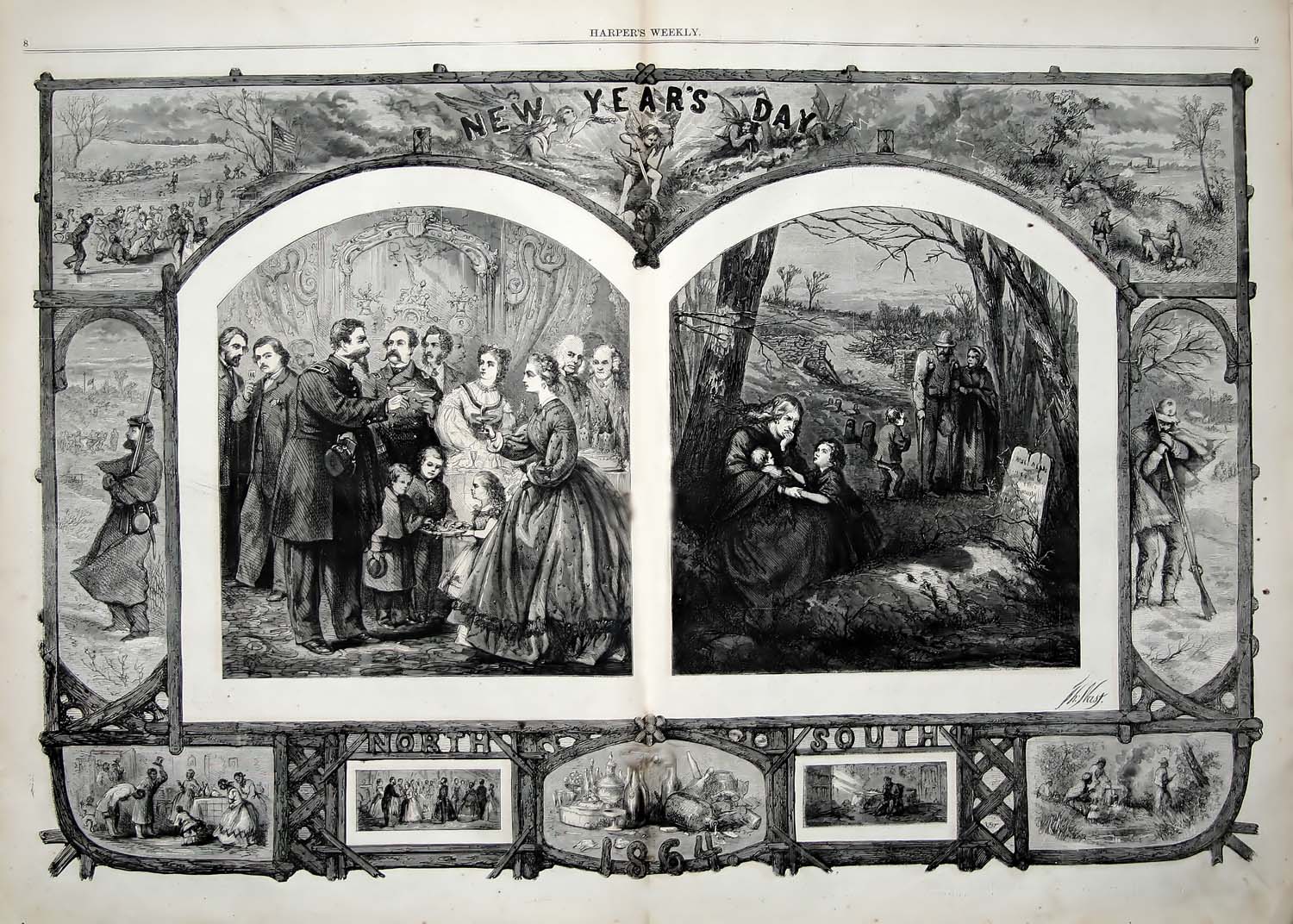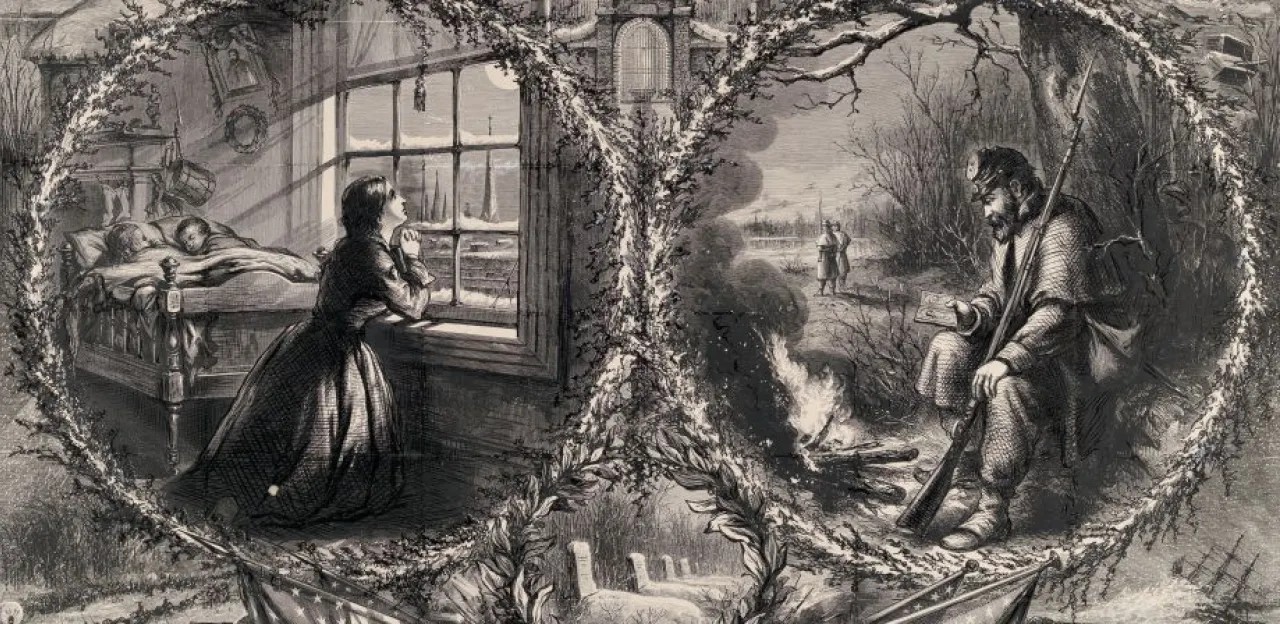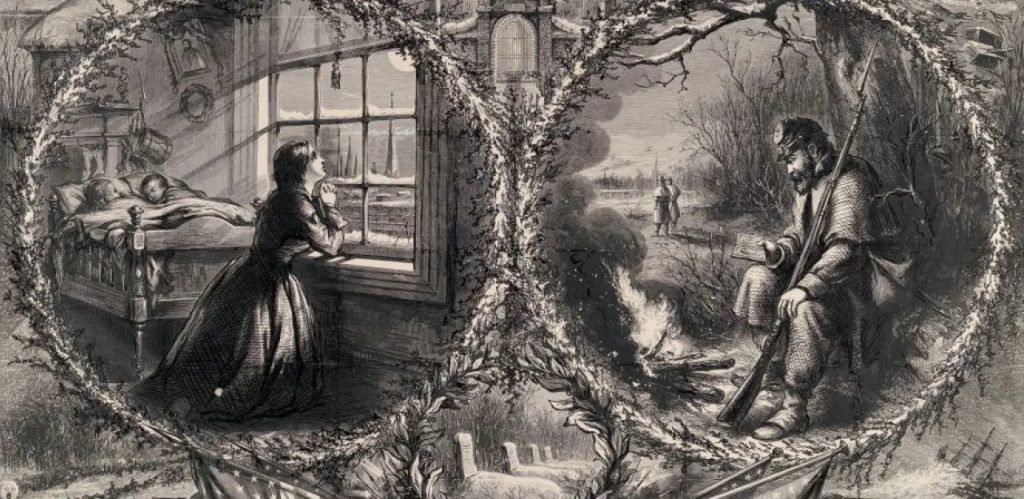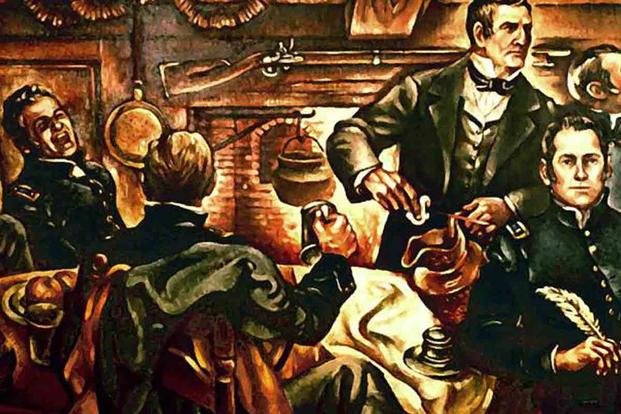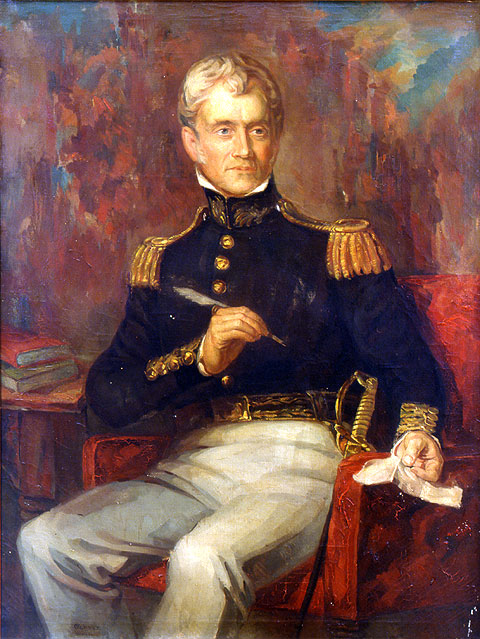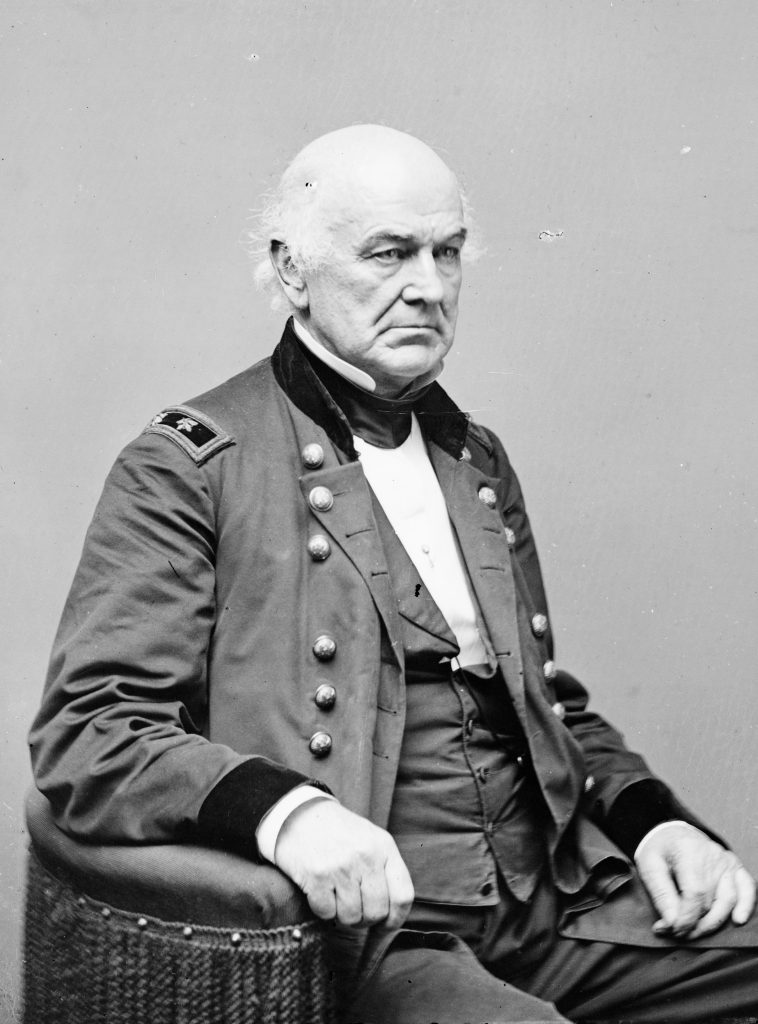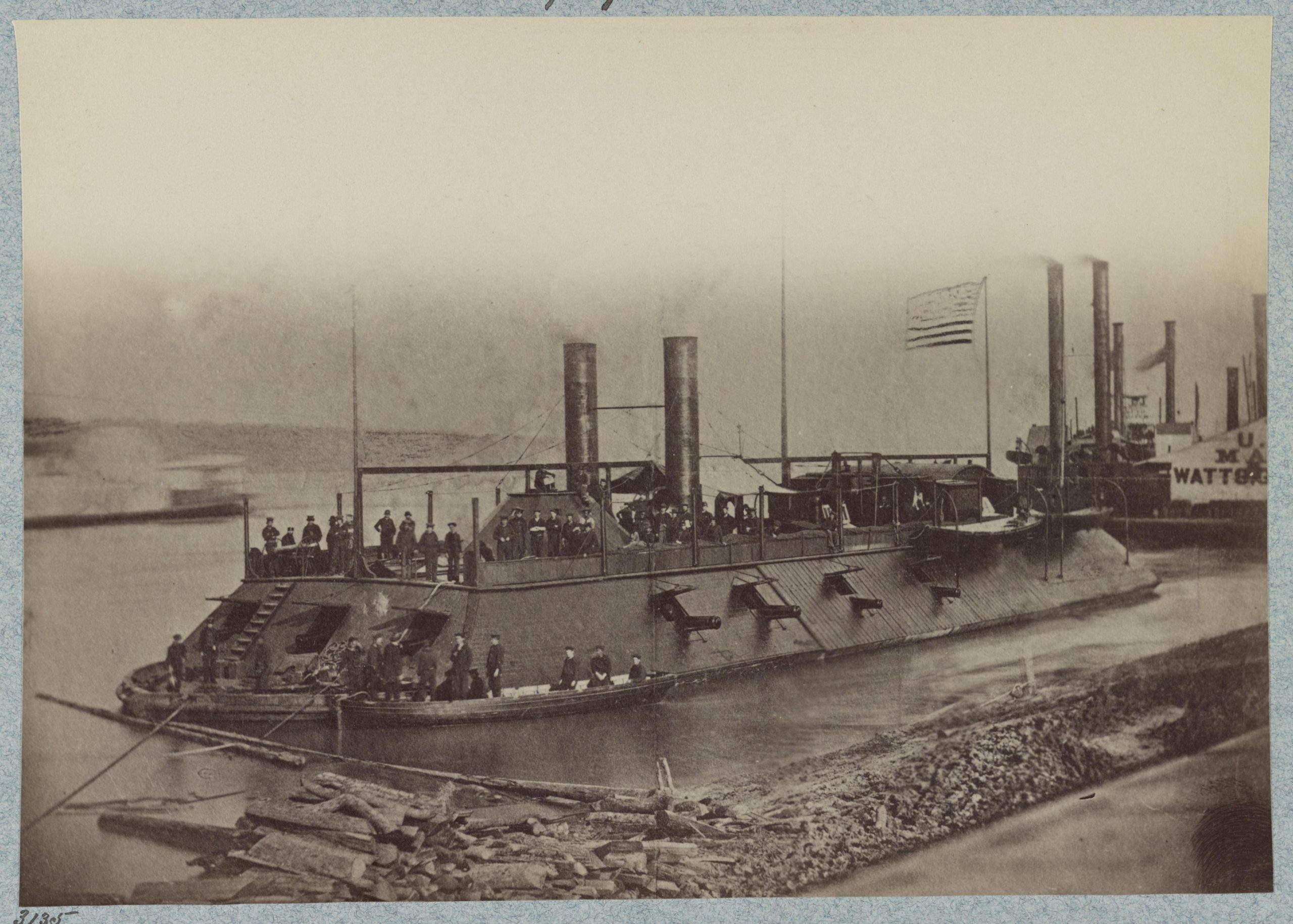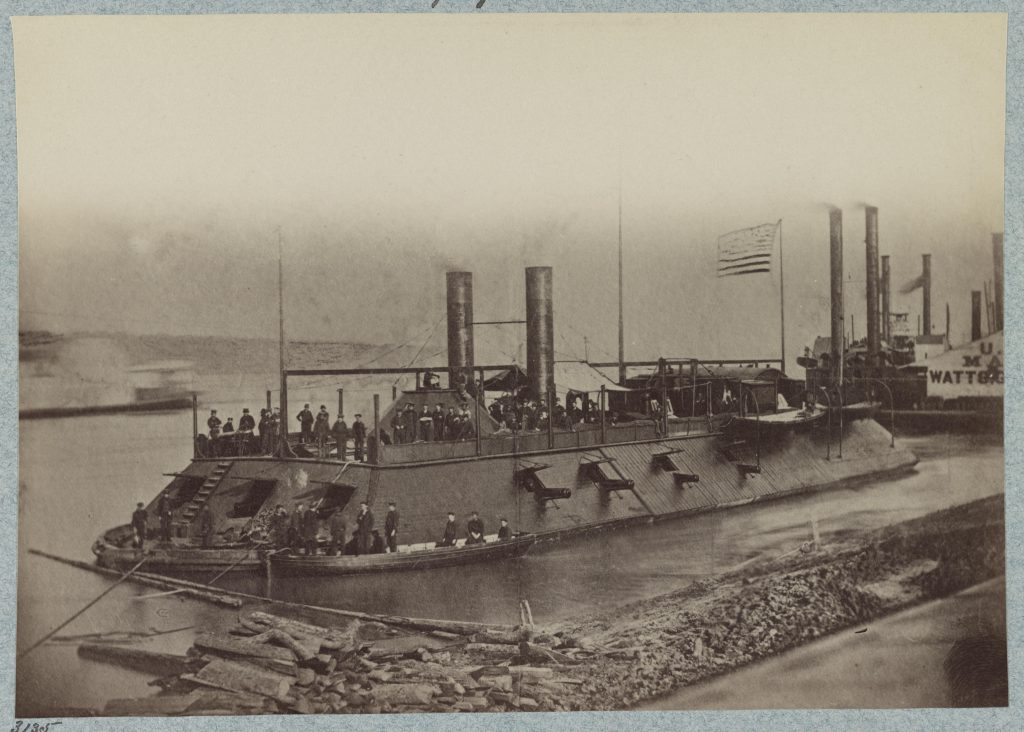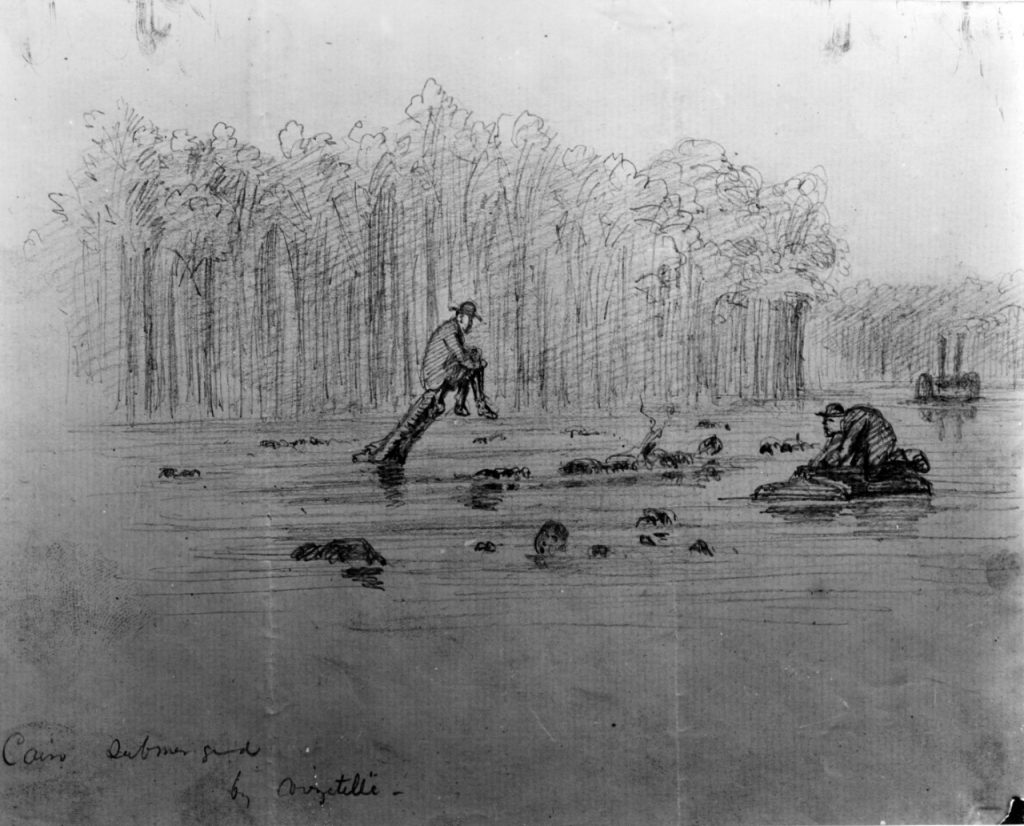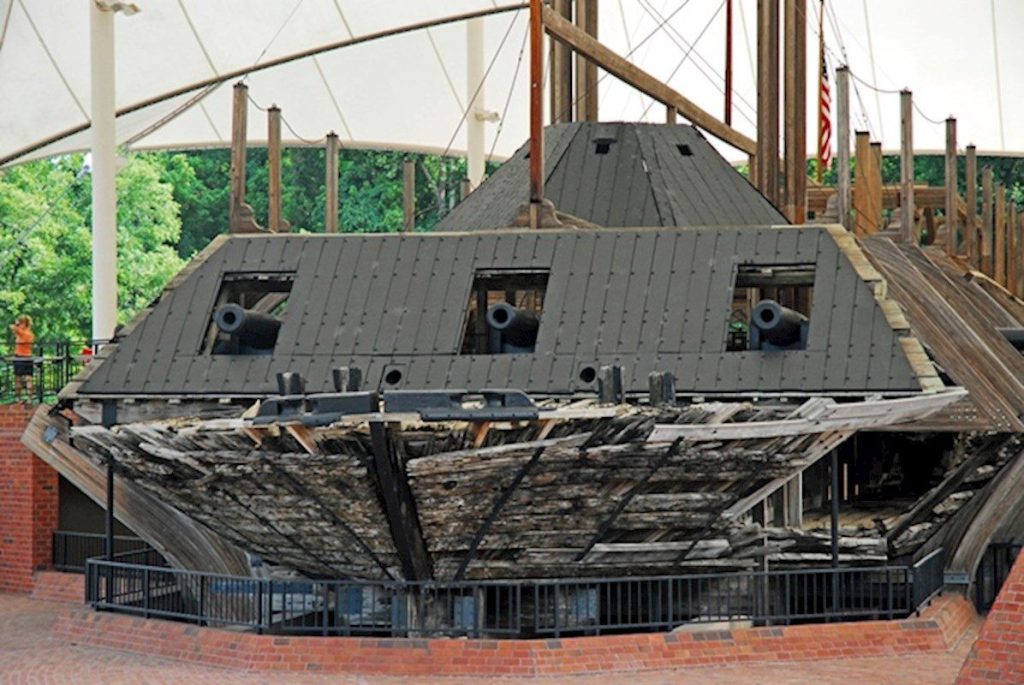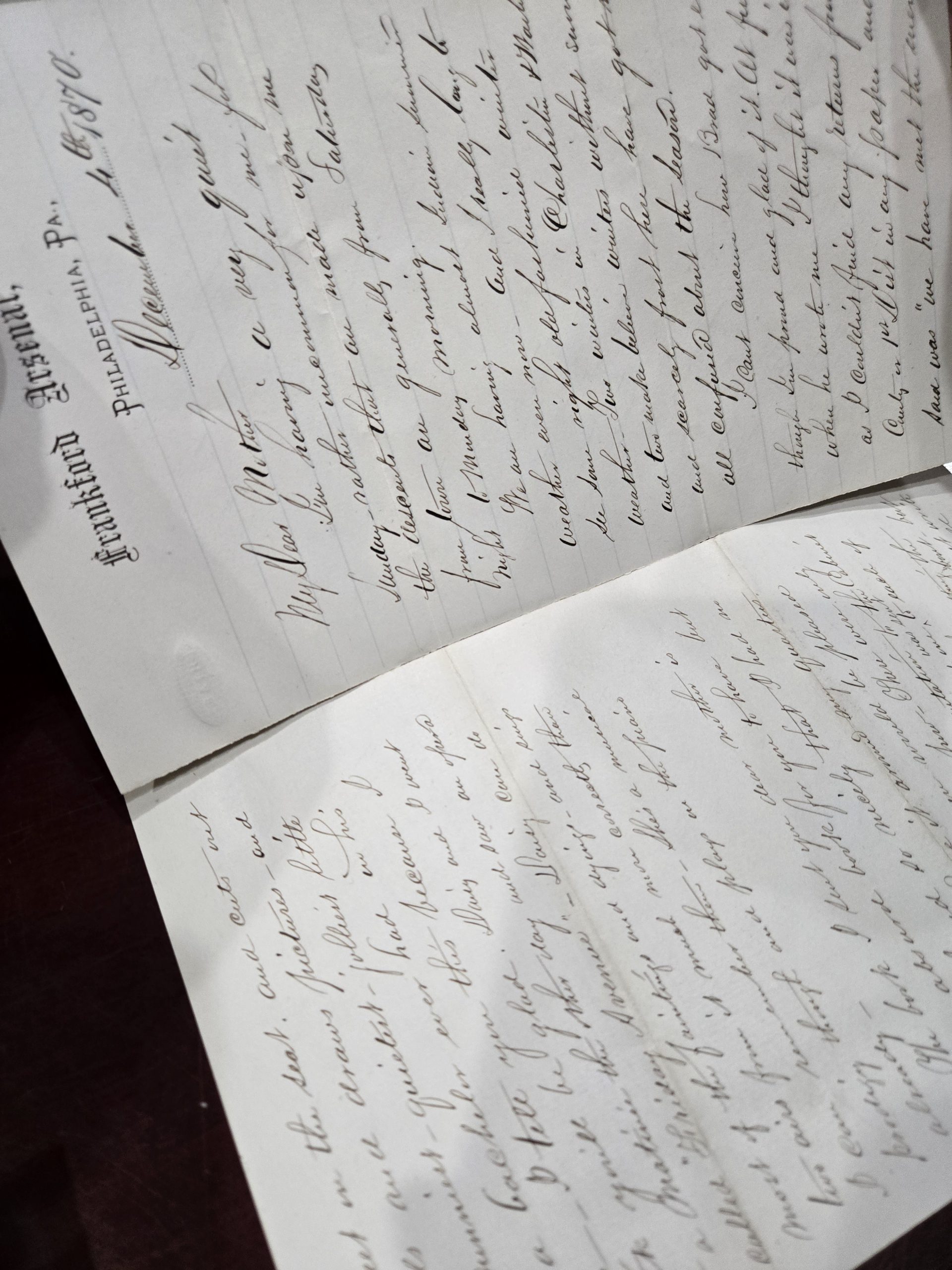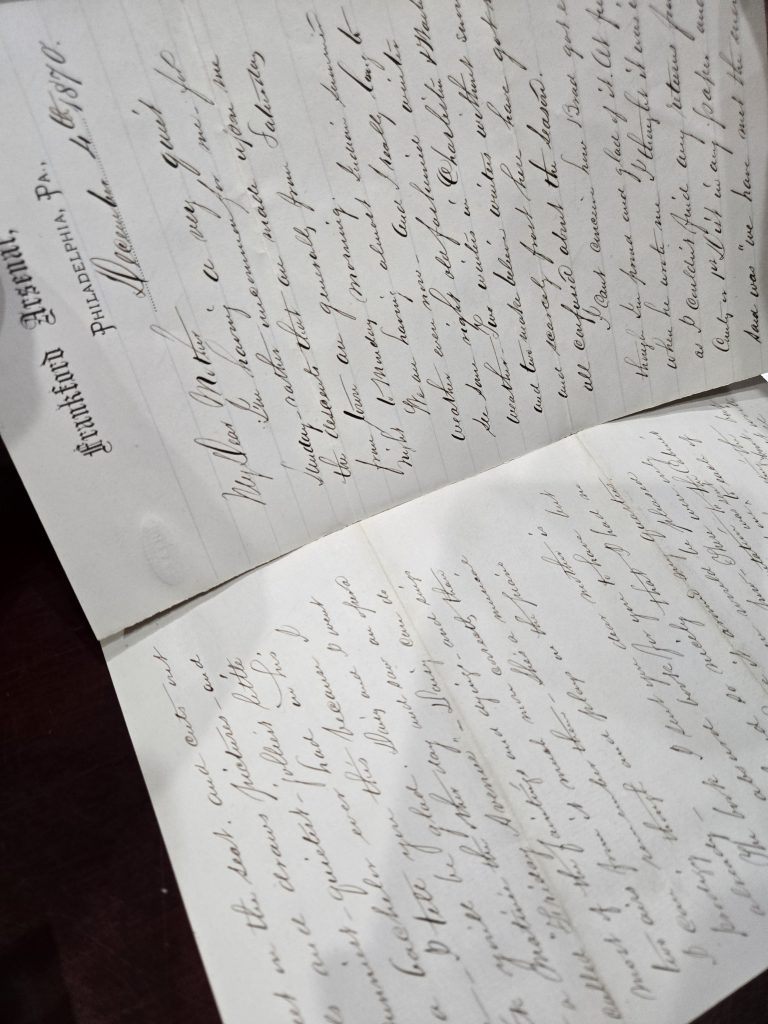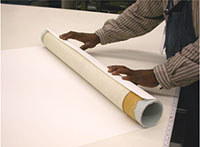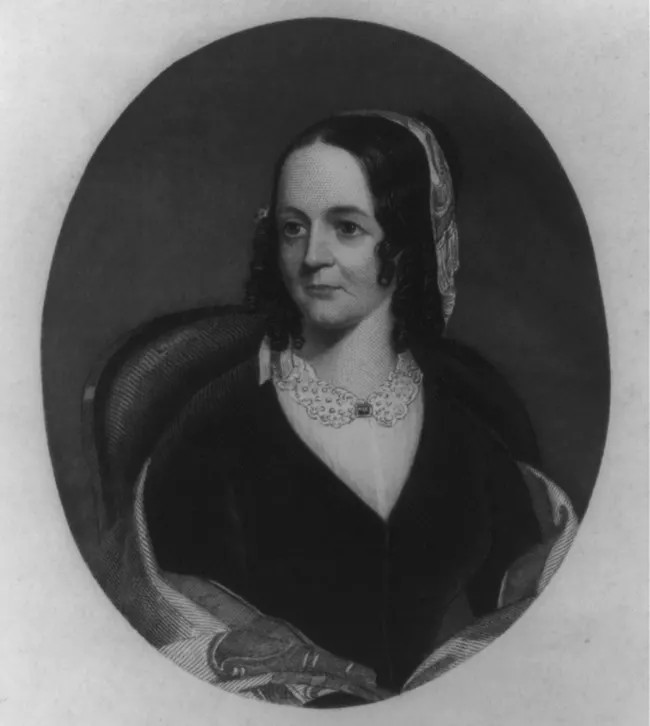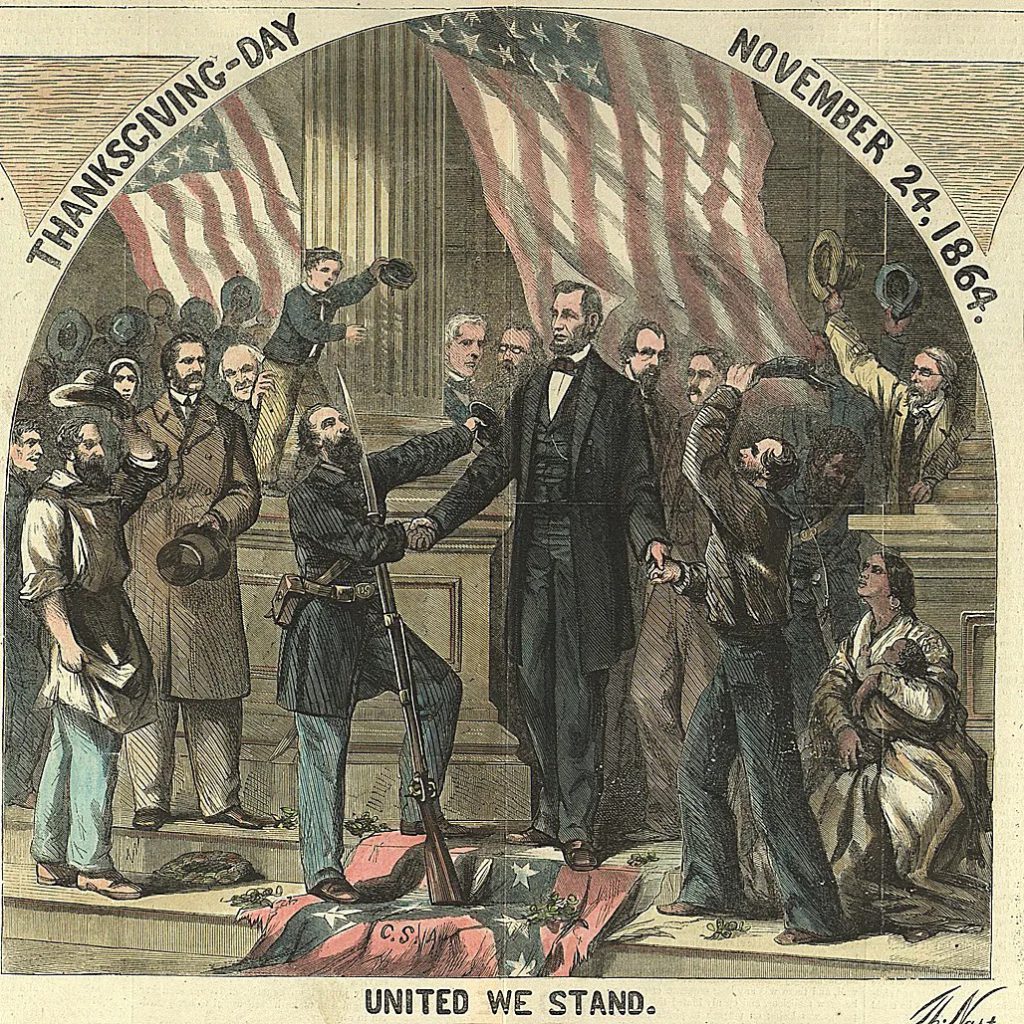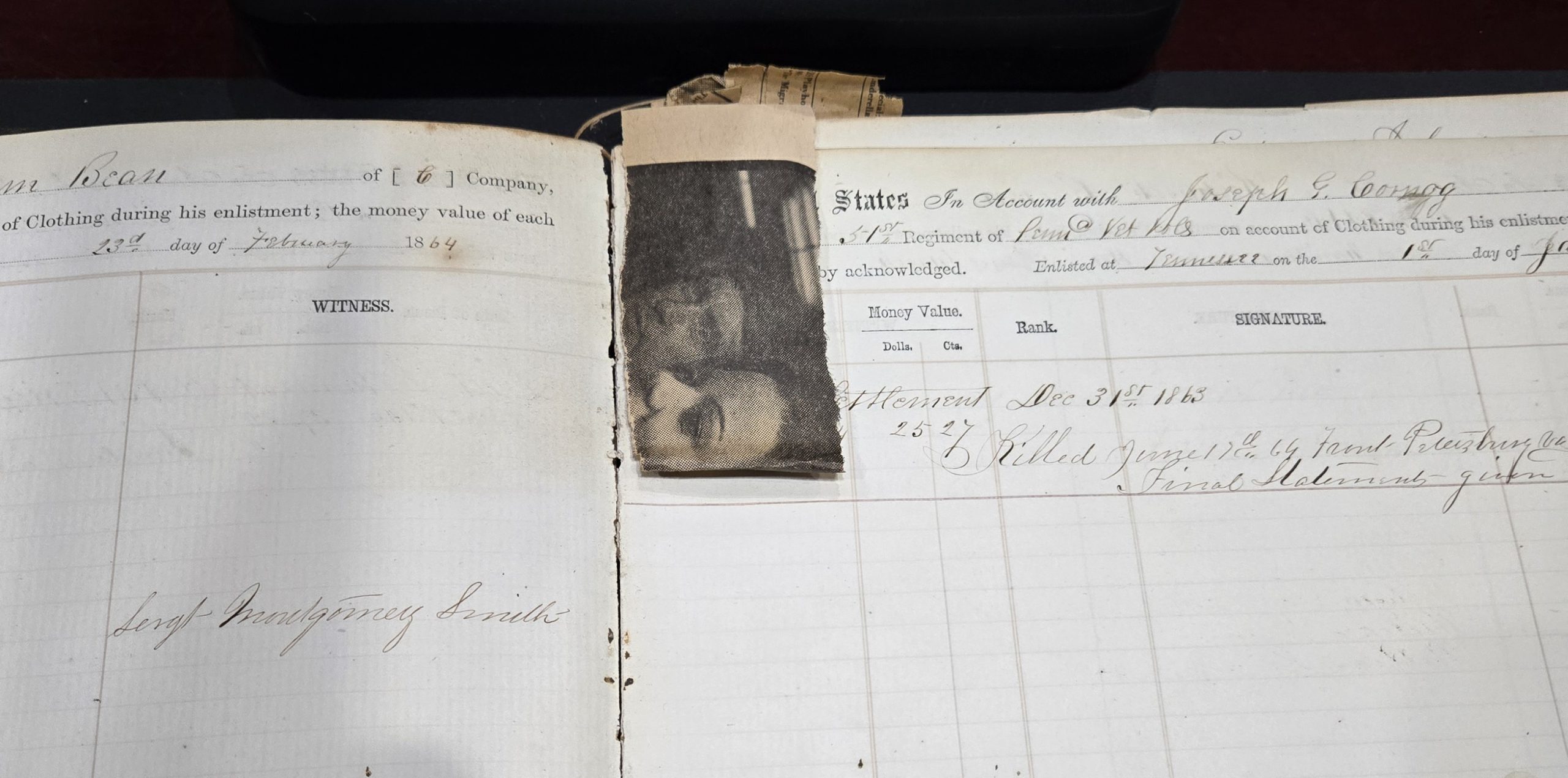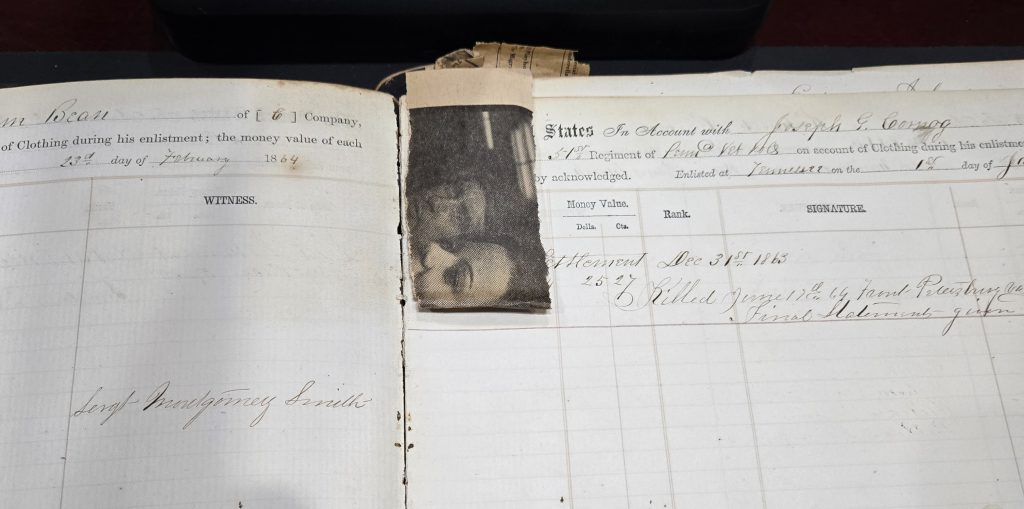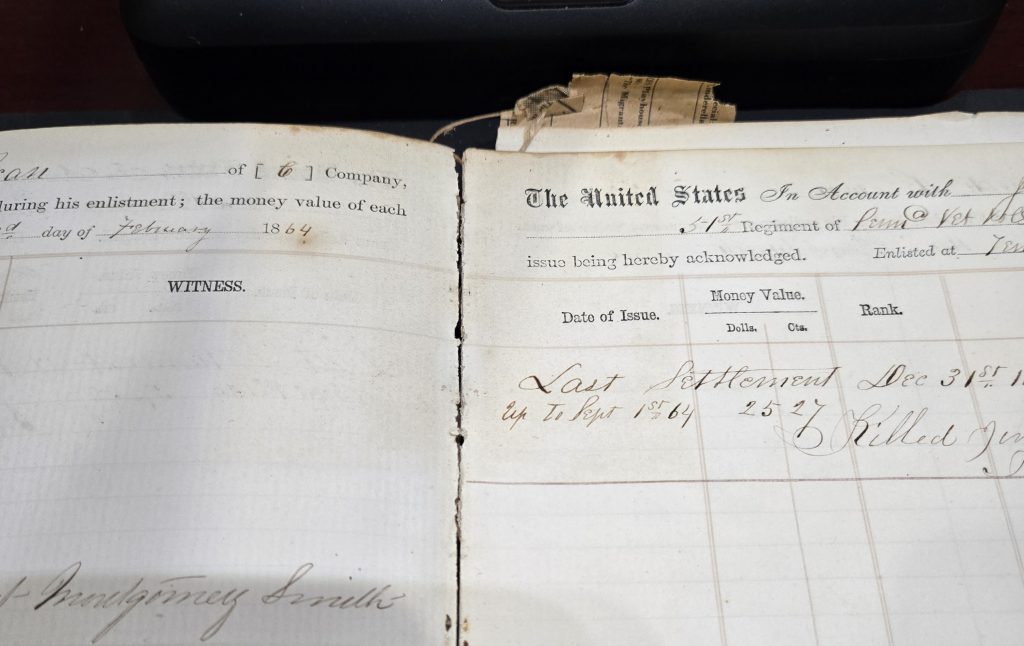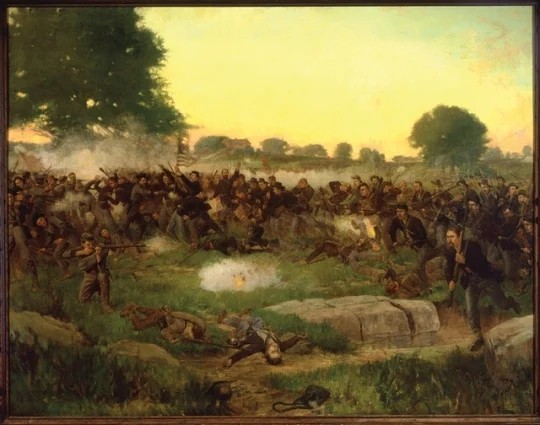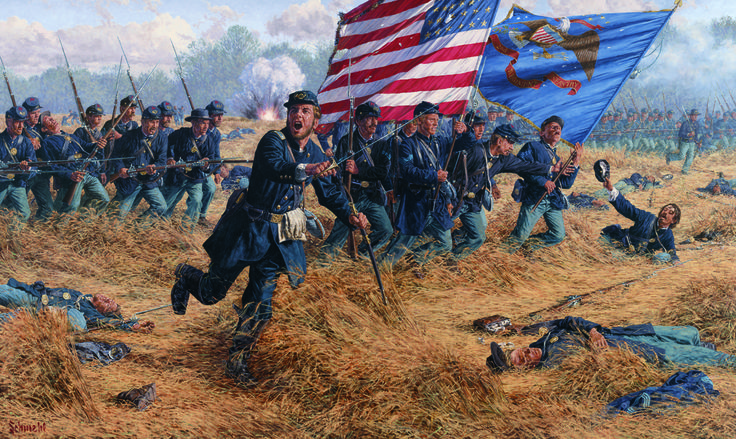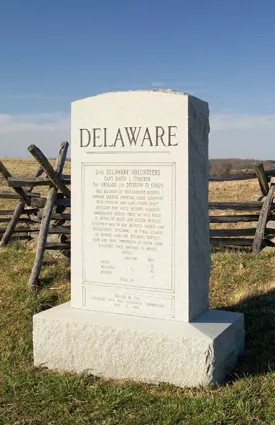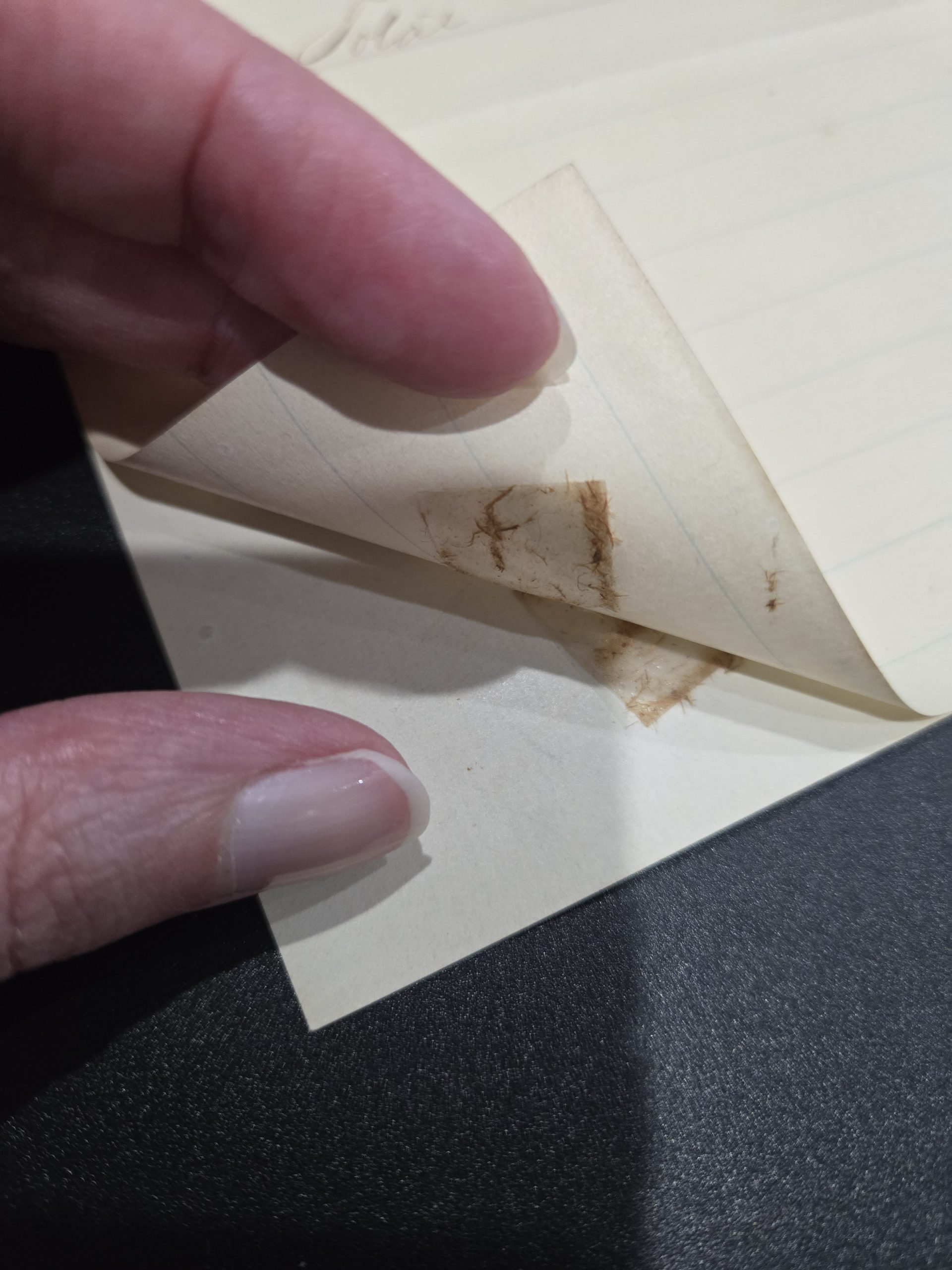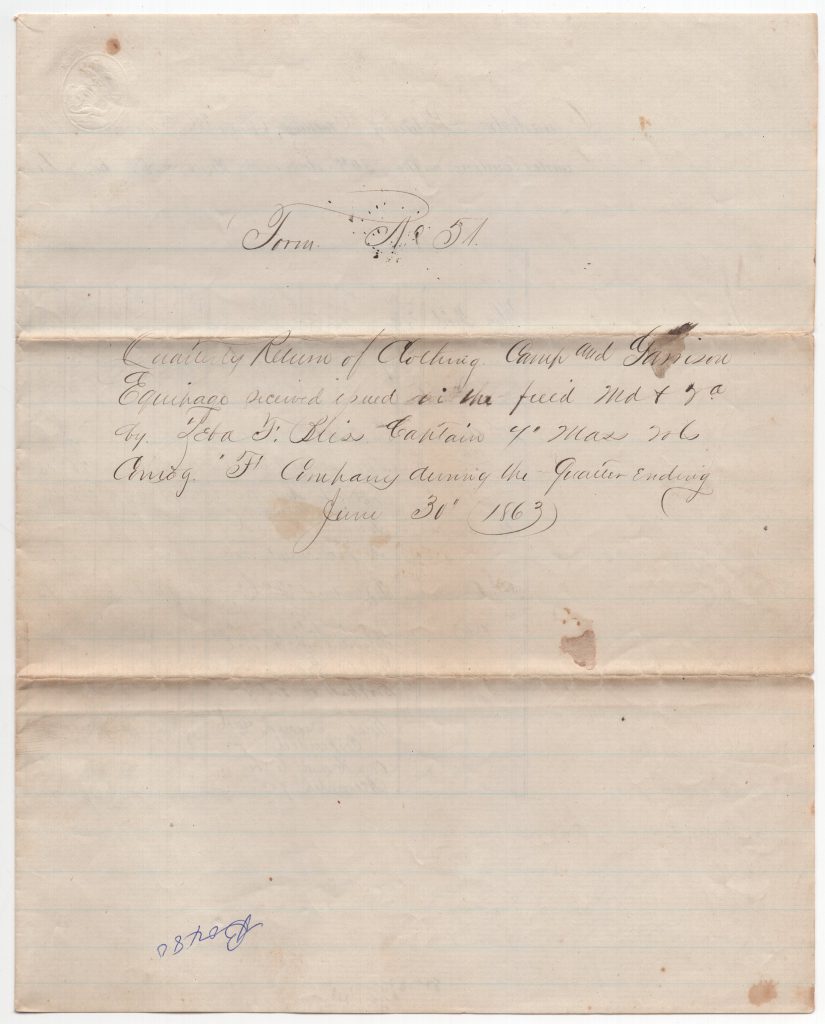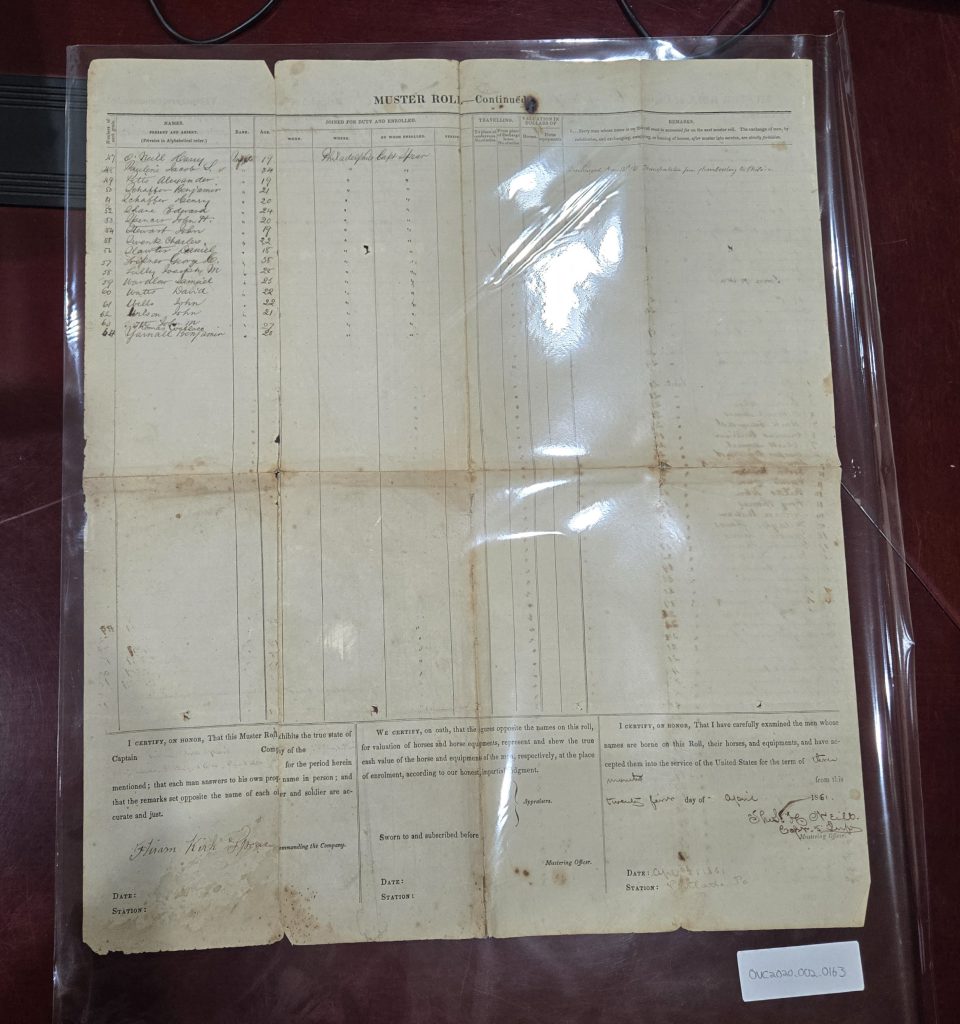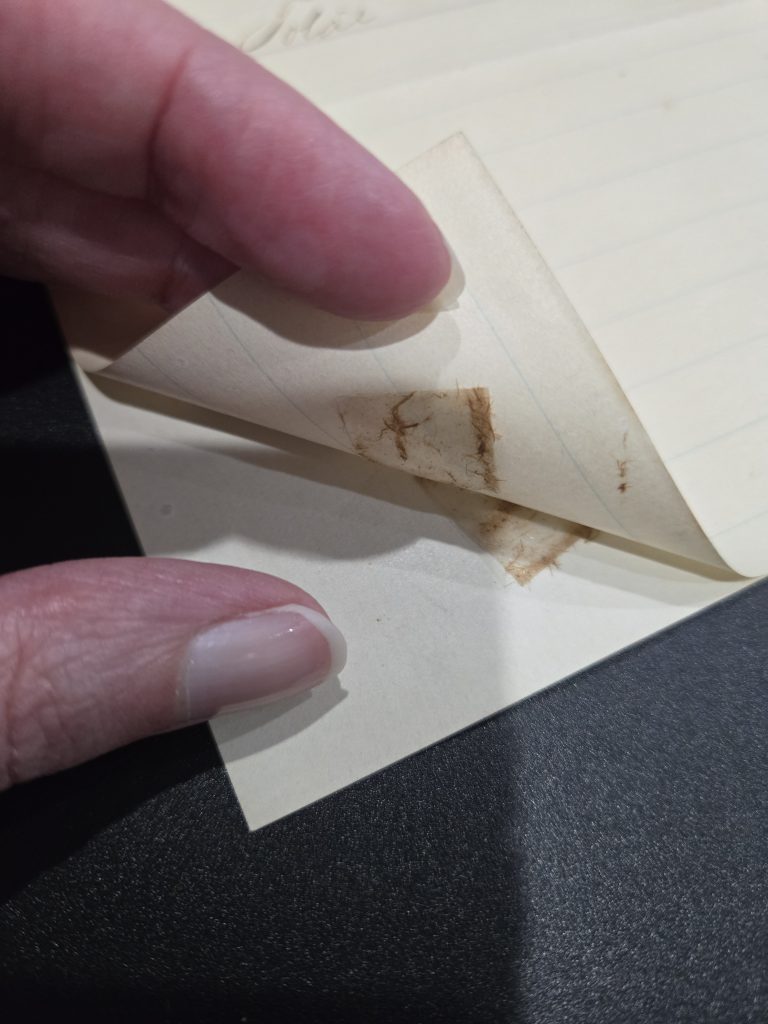“Another Year in the War”: New Year’s During the Civil War

As the calendar turned during the Civil War, Americans greeted the New Year not with champagne and fireworks, but with musket fire, prayer, hunger, and reflection. For soldiers in the field, enslaved people awaiting freedom, and civilians struggling on the home front, January 1st was often less a celebration than a reckoning — a moment to take stock of survival and hope in the midst of national catastrophe.
New Year’s on the Battlefield: Cold, Music, and Combat
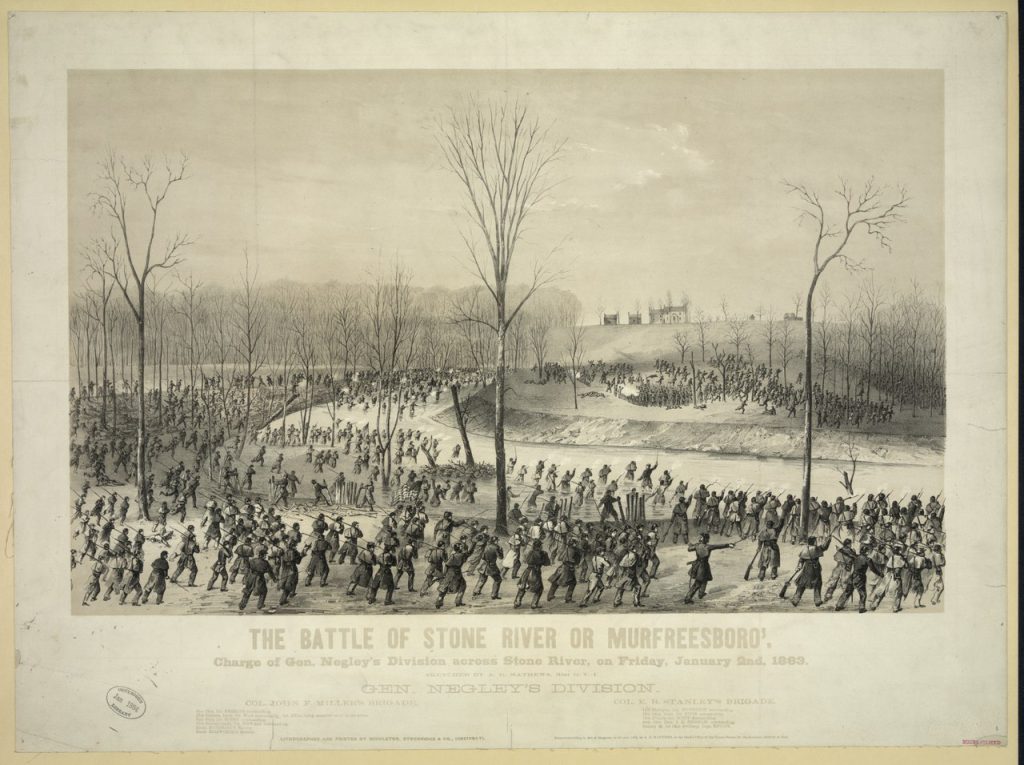
For many soldiers, the New Year arrived with little ceremony. Winter camps were cold, damp, and uncomfortable, and in some cases the holiday coincided with brutal fighting.
One of the starkest examples occurred at the Battle of Stones River near Murfreesboro, Tennessee, which raged from December 31, 1862, into January 2, 1863. The New Year opened not with resolutions, but with artillery fire and staggering casualties. One Union officer grimly observed that the year had begun “under fire,” a sentiment shared by thousands of men who found themselves fighting as the calendar turned.
Yet even amid hostility, moments of humanity occasionally surfaced. On New Year’s Eve, soldiers recalled a rare pause in the fighting as regimental bands from both sides took turns playing familiar tunes across the lines. A Tennessee soldier remembered how the music floated through the darkness until the night ended with Home, Sweet Home, a melody that stirred homesickness on both sides of the battlefield.
“Everyone Intended to Have a Happy New Year”: Life in Camp
Away from active combat, New Year’s could bring small, improvised observances — reminders of civilian life left behind.
Seventeen-year-old Charley Howe of the 36th Massachusetts Infantry wrote home from camp near Fredericksburg on January 1, 1863, offering his parents a vivid glimpse of camp life at the turn of the year. He began with a familiar greeting:
“I wish you a ‘very happy New Year.’ Last night was the coldest night we have seen since we left Old Massachusetts and we had to keep fires all night long in our fireplaces in order to keep warm.”
Despite the bitter cold, the day itself brought a small novelty:
“It being New Year’s Day, we had whiskey rations given us — a thing which has not happened before since leaving home.”
Howe noted that even this modest indulgence carried moral weight among the men:
“Everyone intended to have a happy New Year as Sons of Temperance and all drank their little gill.”
His letter captures the quiet resilience of soldiers who seized fleeting comforts while maintaining a sense of discipline and identity.
Two years later, Nelson Statler of the 211th Pennsylvania Infantry marked New Year’s Day 1865 in a very different way. Writing home from winter quarters, Statler framed the date with careful precision rather than festivity:
“This is the first day of week, first day of the month, first day of the year, and the first day for me on camp guard since I am in the service.”
His attention quickly turned to the weather and his duties:
“It is very cold today. There is a little skift of snow on the ground — the first I have seen since last winter.”
Statler’s words underscore how, for many soldiers, New Year’s passed as simply another day of responsibility, marked more by cold and routine than celebration.
Watch Night and “Freedom’s Eve”
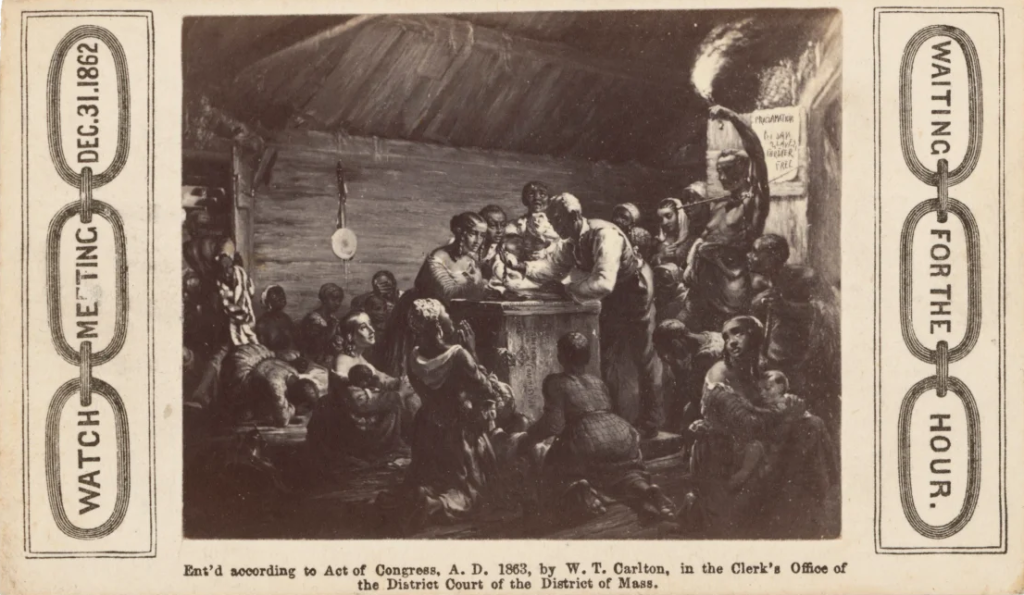
Carte-de-visite of an emancipation watch night meeting 1863
Collection of the Smithsonian National Museum of African American History and Culture
While soldiers marked the New Year in camps and on picket lines, African Americans experienced January 1, 1863, as a moment of profound transformation.
On the night of December 31, 1862, enslaved and free Black communities gathered in churches and private homes for Watch Night, waiting through prayer and song for the Emancipation Proclamation to take effect at midnight. These gatherings were deeply spiritual, blending religious tradition with political hope.
Frederick Douglass captured the emotional weight of the moment, recalling the atmosphere as midnight approached:
“It was a moment of solemn waiting… we were waiting for the word of deliverance.”
When January 1 dawned, Douglass described the day in luminous terms:
“This is a day for poetry and song… a new song… the day of jubilee.”
For those who had lived under bondage, the New Year in 1863 represented not merely another turn of the calendar, but the promise of freedom — fragile, incomplete, and contested, yet momentous.
Promises Unfulfilled: New Year’s on the Confederate Home Front
In the war-weary Confederate capital of Richmond, New Year’s celebrations could be painfully hollow. In January 1865, citizens organized what was intended to be a generous New Year’s feast for soldiers defending the city. Food was collected amid great fanfare, but when the meal was finally distributed, it amounted to almost nothing.
One soldier recorded his bitterness in a diary entry:
“Not a mouth full apiece… where has it all gone to… The commissary or quarter masters no doubt got it. May the Lord have mercy on the poor soldiers.”
A contemporary newspaper lamented that the promised dinner had “gone without coming,” a grim metaphor for a Confederacy nearing collapse.
A New Year Without Illusions
Across the divided nation, New Year’s during the Civil War was rarely joyful. Instead, it became a moment for reflection — on hardship endured, on freedom hoped for, and on an uncertain future.
For soldiers like Charley Howe and Nelson Statler, January 1st meant cold nights, guard duty, and letters home. For African Americans, it could mean the long-awaited dawn of emancipation. And for civilians, it often marked another year of sacrifice with no clear end in sight.
In the Civil War, the New Year did not promise easy beginnings. But in camps, churches, and homes, Americans continued to mark its arrival — clinging to hope that someday, the war itself would finally end.
Bibliography
American Battlefield Trust. “New Year’s Hell.”
National Museum of African American History and Culture. “The Historical Legacy of Watch Night.”
Emery, Tom. “New Year’s in Civil War, other conflicts brought little celebration.” Staunton Star-Times.
RVA News. “Civil War: A New Year’s Day ‘feast’.”
The Research Arsenal. Charley Howe letter:
https://app.researcharsenal.com/imageSingleView/13158
Nelson Statler letter: https://app.researcharsenal.com/imageSingleView/56471

